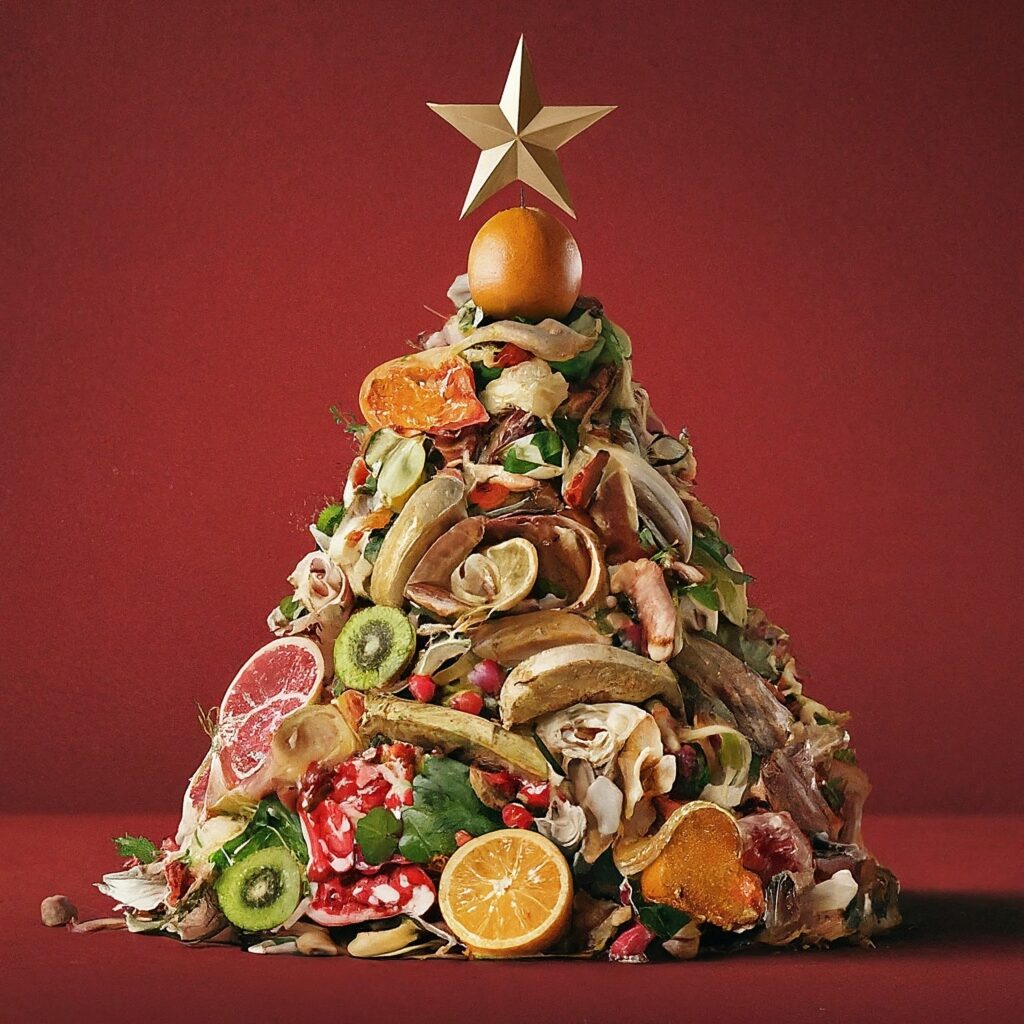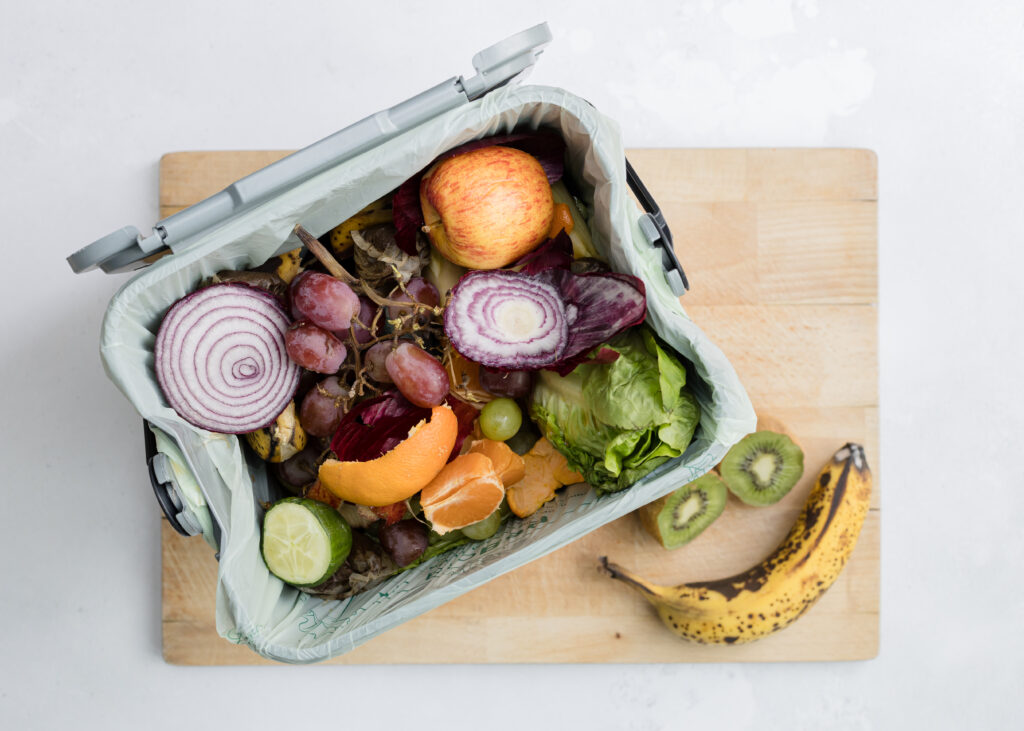The Clean Merseyside Centre has released the first results of a three-stage trial into the use of green waste compost in local commercial nurseries. And it says compost could become a realistic alternative to peat for commercial nurseries.
Marketable
The first stage ran for three months in early 2002 with Porters Horticulture Ltd. It found that the nursery's standard growing media – a blend of 80% peat and 20% composted waste wood – achieved the best results for vigour, colour, biomass and root development in the fuchsias being grown. However, a 50/50 mix of peat and green compost also “performed adequately and produced 100% marketable plants within the same time frame as the nursery standard mix,” reported the Centre.
The two other mixes in the trial – green compost diluted 50% by wood fibre, with and without a pH reducing treatment, performed less well. This was because nitrogen levels in the reduced peat mixes were exhausted by the end of the trial, the Centre concluded. It recommended that future trials should avoid this by adding ammonium nitrate.
Weed growth also occurred in all but the standard growing medium. This was attributed to weed seeds that had survived the composting process. Therefore, evidence of quality assurance procedures which ensured no weed contamination should be provided by suppliers, the report suggested.
Limit
Reporting on the trial, the Centre said: “Due to its high pH and nutrient content there is a limit (usually 50%) as to how much green compost can be used in a mix.
But preliminary results from the second stage of trials are more promising. Project officer for Clean Merseyside Centre Simon Boocock told letsrecycle.com that a 60/40 compost mix of peat/green waste had showed “very favourable results” compared to the standard mix.
Mr Boocock said: “We have had very good success with the 60% peat / 40% compost mix – it is very promising. We think with time and development and improvements on green waste compost, it could be compared with the standard mix.”
Change
But in its report, the Centre said a change in nursery practice was needed to get the most out of compost. “Growers need to understand the changes in management that are required. This involves changes to watering, liquid feeding and pesticide use,” it said.
Mr Boocock added: “We've got to be realistic – peat's been used for a long time in horticulture. Nursery staff know how to use it because it's got nothing in it, so they know what to add.”
The centre said that more research would be needed to ensure compost performed equally with peat on all aspects of plant quality.
The trials run until May 2003 and involves three of the largest commercial nurseries on Merseyside: Thingwall Nurseries, Porters Horticulture Ltd and Ivan Ambrose Ltd. The first stage used Shamrock medium grade peat, Sylvafibre wood fibre from Melcourt Industries, and green compost supplied by Merseyside-based Beeva Field Management.









Subscribe for free